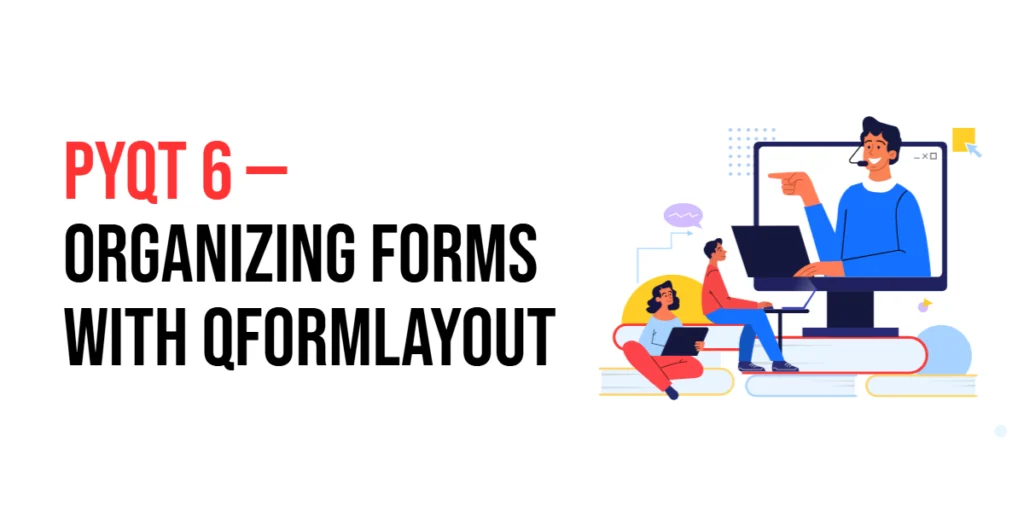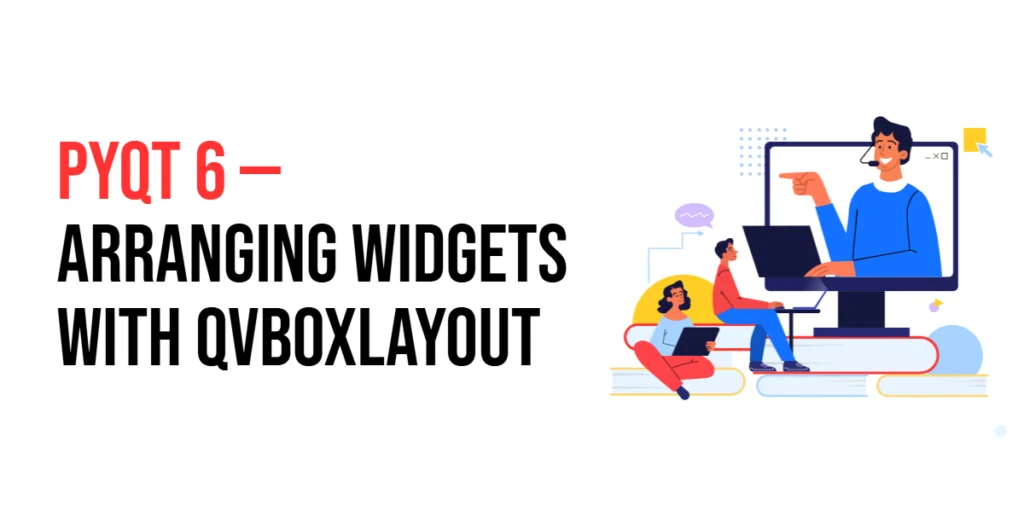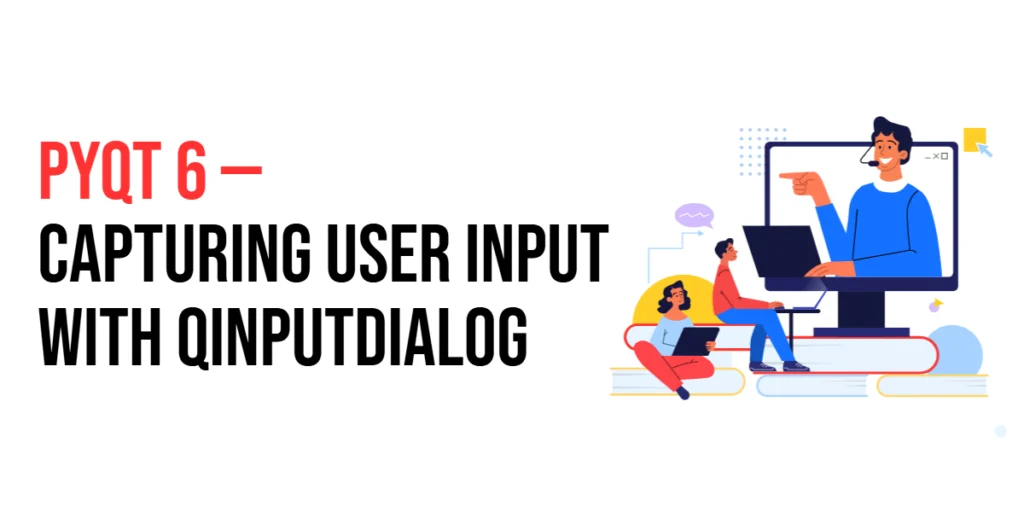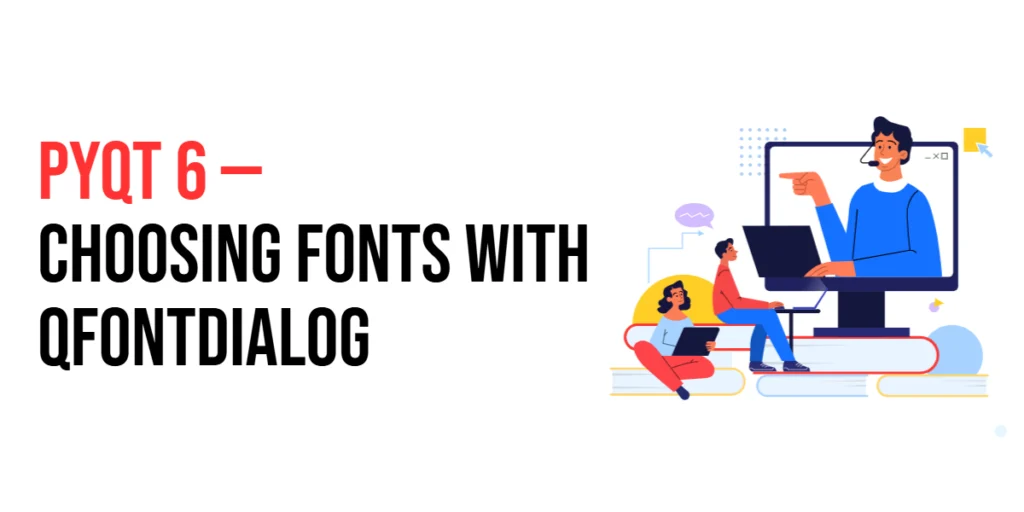PyQt6: Anchoring Widgets with QGraphicsAnchorLayout
Designing user interfaces that are both flexible and visually appealing is a common challenge in GUI development. PyQt6 provides a versatile layout manager called QGraphicsAnchorLayout that allows developers to anchor widgets to each other, creating dynamic and responsive interfaces. In this article, we will explore the features of QGraphicsAnchorLayout, starting with setting up the development […]
PyQt6: Anchoring Widgets with QGraphicsAnchorLayout Read More »









